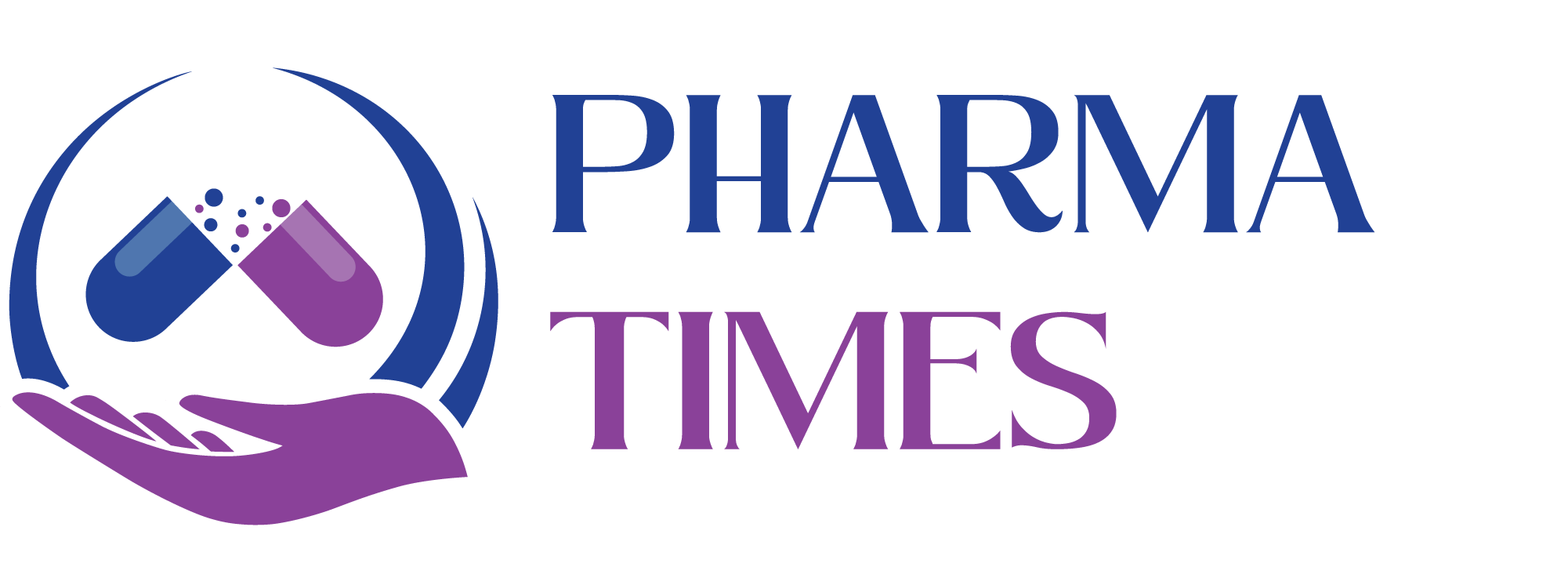Overview of ICD-10-CM, CPT, and HCPCS Coding Systems

→ Structure, Usage, and Examples
🔹 1. ICD-10-CM (International Classification of Diseases – 10th Revision, Clinical Modification)
📌 Structure:
-
Alphanumeric codes: 3–7 characters
-
Format: Letter + 2 digits + optional characters
Example:M16.5– Unilateral post-traumatic osteoarthritis, hip
🛠 Usage:
-
Used to report diagnoses in all healthcare settings.
-
Required for insurance claims, epidemiology, and health records.
💡 Example:
-
E11.9– Type 2 diabetes mellitus without complications -
J20.9– Acute bronchitis, unspecified
🔹 2. CPT (Current Procedural Terminology)
📌 Structure:
-
Five-digit numeric codes
Example:99213– Office/outpatient visit, established patient
🛠 Usage:
-
Used to report medical, surgical, and diagnostic procedures.
-
Required for outpatient and physician billing in the U.S.
-
Maintained by the American Medical Association (AMA).
💡 Example:
-
93000– Electrocardiogram (ECG) with interpretation and report -
12001– Simple repair of superficial wound (2.5 cm or less)
🔹 3. HCPCS (Healthcare Common Procedure Coding System)
📌 Structure:
-
Level I: CPT codes (numeric, 5 digits)
-
Level II: 1 letter + 4 digits (alphanumeric)
Example:A0428– Ambulance service, basic life support
🛠 Usage:
-
Covers services not included in CPT, such as:
-
Durable medical equipment (DME)
-
Ambulance services
-
Medical supplies
-
Some drugs and injections
-
-
Mainly used for Medicare/Medicaid claims.
💡 Example:
-
E0110– Crutches, underarm -
J1100– Injection, dexamethasone sodium phosphate, 1 mg
Quick Comparison Table:
| Coding System | Purpose | Code Format | Used For |
|---|---|---|---|
| ICD-10-CM | Diagnoses | Alphanumeric | All healthcare settings |
| CPT | Procedures/services | 5-digit numeric | Outpatient/Physician billing |
| HCPCS | Non-physician items | Alphanumeric | Medicare, DME, ambulance, drugs |
🎓 Discover one of the best Pharmaceutical Medical coding courses available — click below to explore the course that’s shaping future Medical coding skills.

